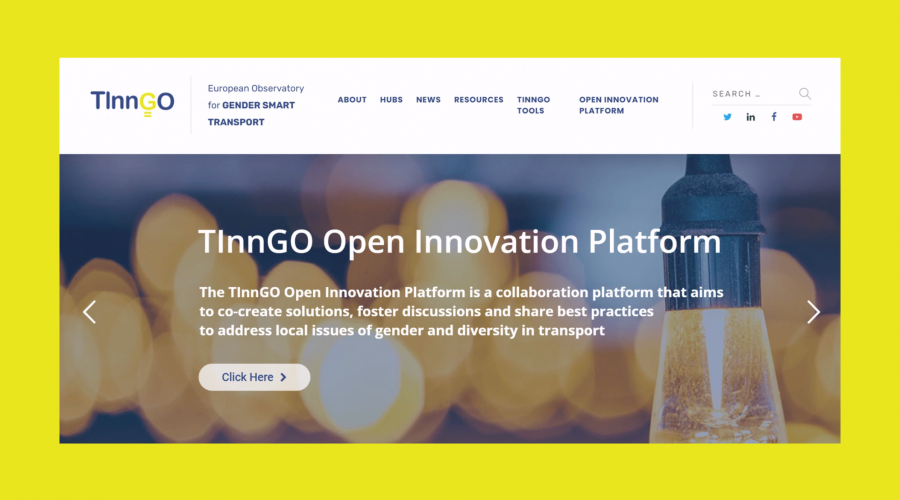The Gender Equality Training (GET) is a knowledge-enhancing activity and a response to existing power imbalance between genders that has resulted in gender stereotypes and historically unjust distribution of genders in certain domains, e.g. in the transport sector which is rather male-dominated. Gender refers to power relations within such institutions, and poor practices should be recognised and challenged. Therefore, training is needed not only to provide people adequate theoretical knowledge and practical skills, but sometimes to change whole attitudes, concepts in someone’s mind and behaviour patterns.
According to the UN Women, GET is meant to ‘effect individual and collective transformation towards gender equality through consciousness raising, empowering learning, knowledge building, and skill development’. It is a tool, strategy and means that should be combined with other tools, strategies and means, and applied continuously.
The GET has three phases: preparation, implementation, and evaluation. Preparation phase involves the assessment of needs and creation of a broader strategy to achieve them, with the necessary funding, time and human resources (including the best possible trainer) to be secured. The implementation phase requires a gender-learning needs assessment that helps identifying existing problems and needs. Then, the design of the new gender competence development initiative should be supervised, promoted for others to join and learned, and constantly monitored (whether implementations meet the needs, are in line with the budget, delivered well, etc.). The evaluation phase is a continuation of this extant monitoring: an evaluation framework should be created, long-term impacts should be thematised, and participants should be encouraged to continue working on the base/with the newly gained knowledge and the gender-sensitive view.
Research shows that achieving gender equality is extremely difficult in historically formed structures which are based on a persistent male bias. That speaks even more for using it in the field of transport, including the definition of gender-equality objectives including 1) taking into account gender differences when planning and implementing policies on their basis, 2) monitoring the progress of whether e.g. the transport experience has really been enhanced for previously overlooked groups, and 3) evaluating programmes from a gender perspective.
If you want to read more on this, visit the TInnGO Data Repository!
This post is part of a series, introducing tools and methods to measure and analyse gender matters in transport. Click here to read the other parts. The series is based on this publication.





